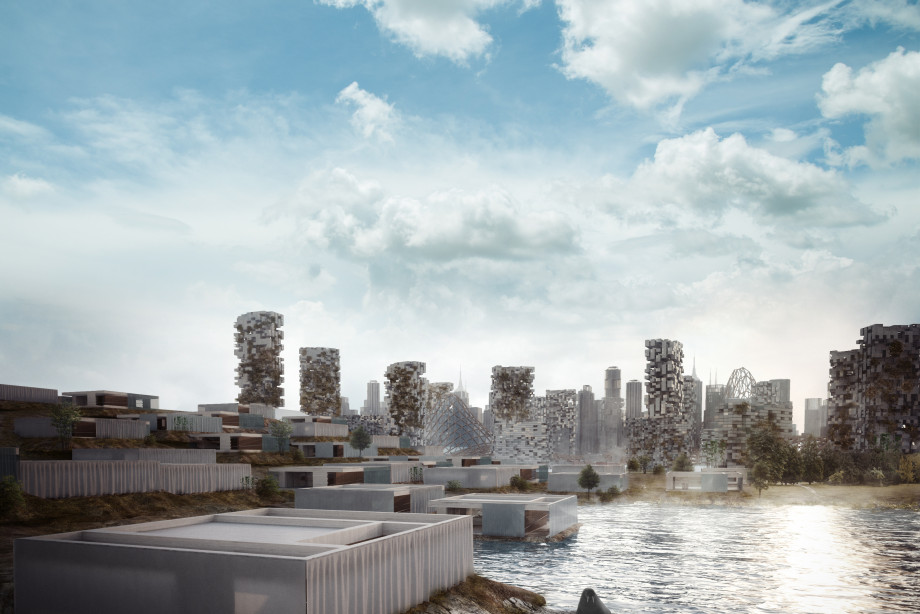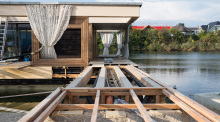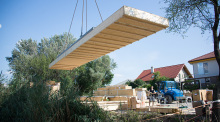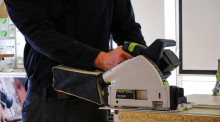LISI | Planning Smarter Cities
2013/10/06 |
all news, newsletter9, Uncategorized,
Cities here in Southern California are quite different from European metropolitan areas. That is an observation, every European participant at the Solar Decathlon is bound to make. Instead of densely populated city centers there are large suburban areas. Instead of walking to the supermarket around the corner, people take the car to go the the shopping mall.
Obviously, different traditions exist in city planning. Architecture hast to take that into account, also at the Solar Decathlon. „The concept of the competition, creating small eco-friendly houses, has been critizised“, says Karin Stieldorf. „Actually it is more enery efficient to build larger houses with several appartments.“ The ratio of volume and surface is less favourable in smaller building, heat can easily escape into the environment.
A lower population density entails problems: Large residential areas are required, longer distances have to be travelled, the traffic increases. „At the Vienna University of Technology, coming up with new concepts for tomorrow’s smart cities is an important area of research“, says Karin Stieldorf. The knowledge from this line of research has also influenced LISI, the Austrian house at the Solar Decathlon.
LISI has been designed so that several such houses could be joined, creating a larger block. This increases the population density while still providing each house with porches and a garden. The outer skin of the house provides privacy, for a big barbecue together with the neighbours, it can be pushed away, creating a joint open space.
Urban planning will also be the topic of the conference „Meeting the Urbanization Challenge“ at the Austrian Science Talks, which are organized by the Austrian Office of Science and Technology in Los Angeles on October 11. Karin Stieldorf will present LISI to an international audience there.
Obviously, different traditions exist in city planning. Architecture hast to take that into account, also at the Solar Decathlon. „The concept of the competition, creating small eco-friendly houses, has been critizised“, says Karin Stieldorf. „Actually it is more enery efficient to build larger houses with several appartments.“ The ratio of volume and surface is less favourable in smaller building, heat can easily escape into the environment.
A lower population density entails problems: Large residential areas are required, longer distances have to be travelled, the traffic increases. „At the Vienna University of Technology, coming up with new concepts for tomorrow’s smart cities is an important area of research“, says Karin Stieldorf. The knowledge from this line of research has also influenced LISI, the Austrian house at the Solar Decathlon.
LISI has been designed so that several such houses could be joined, creating a larger block. This increases the population density while still providing each house with porches and a garden. The outer skin of the house provides privacy, for a big barbecue together with the neighbours, it can be pushed away, creating a joint open space.
Urban planning will also be the topic of the conference „Meeting the Urbanization Challenge“ at the Austrian Science Talks, which are organized by the Austrian Office of Science and Technology in Los Angeles on October 11. Karin Stieldorf will present LISI to an international audience there.



 Follow
Follow


